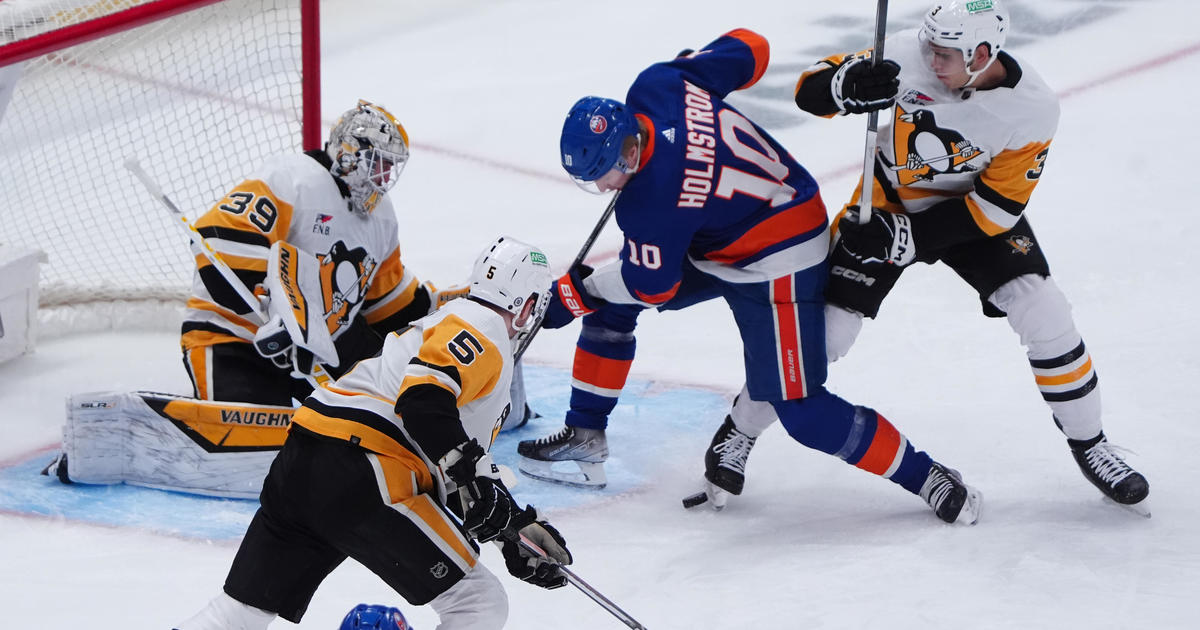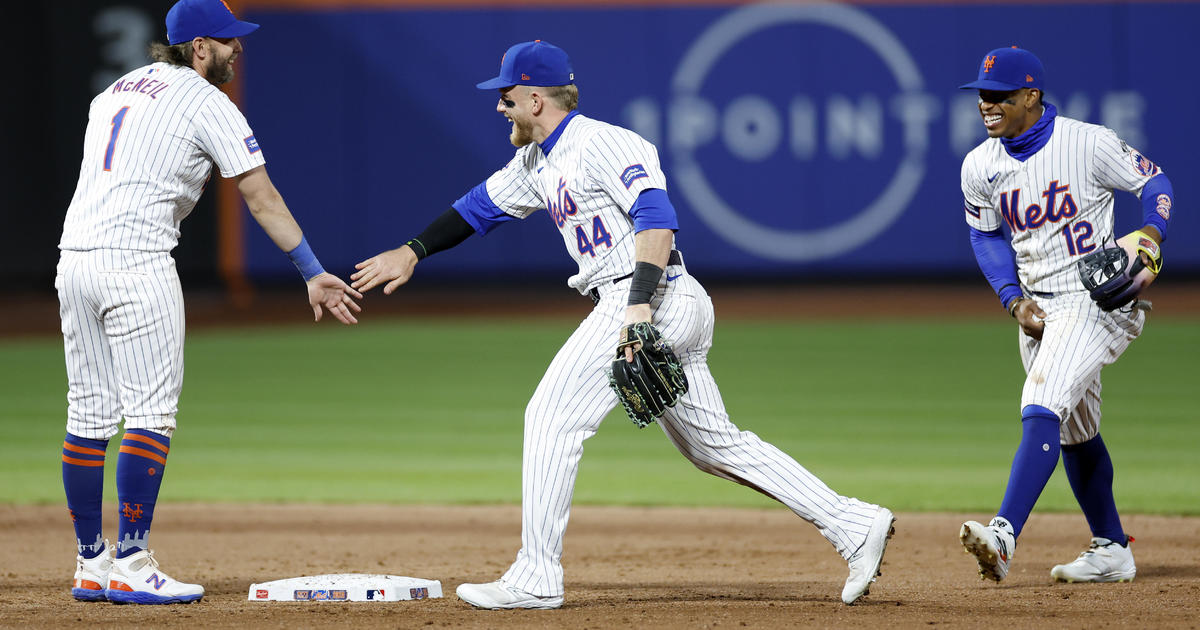Liguori: Brilliant Short Game Will Determine U.S. Open Champ At Pinehurst
By Ann Liguori
» More Columns
What, no ankle-deep rough? What kind of U.S. Open is this? A course with no tall, gnarly rough seems almost unheard of.
One of the many challenges last year at historic Merion -- the day after the U.S. Open, when I played the course -- was finding the ball in the rough, let alone hitting a good shot out of it!
U.S. Open courses have been known for their thick rough, which contributes to providing the ultimate, all-around test for the best players in the world.
But at this year's U.S. Open, the grass rough is gone! Pinehurst No. 2, after the restoration work done by hot co-designers Ben Crenshaw and Bill Coore from 2010-2012, removed the thick grass rough and replaced it with native plant life, lots of sand, and tall, wiry grass that you could lose a small child in.
The trend for many years with golf-course design was for the grounds to look manicured. But as Coore has said, "golf was meant to be played in nature ... not in a pristine garden."
Crenshaw and Coore found pictures and aerials of the course the way it originally was at the local Pinehurst library, which greatly helped them restore it the way legendary architect Donald Ross had it in the '30s. The crowned greens remain. There will certainly be a premium on the short game.
"You think of a U.S. Open and you think of tight fairways, and you think of thick rough," said Rory McIlroy, winner of the 2011 U.S. Open at Congressional. "You hit it in the native areas here and you have a 75 percent chance to get it up around the greens. And even if your ball runs towards some of these wire grass bushes, it sort of seems to run away from them. ... These native areas are fair ... it brings into play imagination, creativeness, hitting different shots out of different lies, where maybe in previous U.S. Opens, you hit it in the rough, and you only had one option."
Two-time Masters champ Bubba Watson said "you can't define where the fairways are ... so that's pretty good for me. It's a second-shot golf course. The greens are so difficult."
And Bubba's perspective never lacks in humor and brutal honesty: "Native areas, it's funny. Me, Boo Weekley, Heath Slocum, we grew up at a golf course called Tanglewood in Milton, Florida. Looks like the same golf course I grew up on, a lot of pine trees, sand everywhere, we don't call it natural area, we call it, 'Not very good conditions' where I grew up. So I'm used to hitting out of sand and we call it weeds where I grew up."
Phil Mickelson, hoping to win his first U.S. Open after six runner-up finishes, said, "This week is testing a player's entire game, because it forces you to make good decisions, to choose the right club off the tee, hit solid iron shots into the green and utilize your short game to save strokes. ... The greens are so repellant that you need to get as close to them as possible. So I'll be hitting a lot of drivers. I'll be trying to play this golf course fairly aggressively."
Rough or no rough, it's the crowned, lightning-fast greens that will provide the U.S. Open-like test. Each player will have their own strategy as to how they deal with the long, tricky course, if they hit driver or an iron off the tee.
But ultimately, it will all come down to the short game. Brilliance around and on the greens will determine the 2014 U.S. Open champion on the restored No. 2 course here at Pinehurst.
You May Also Be Interested In These Stories



